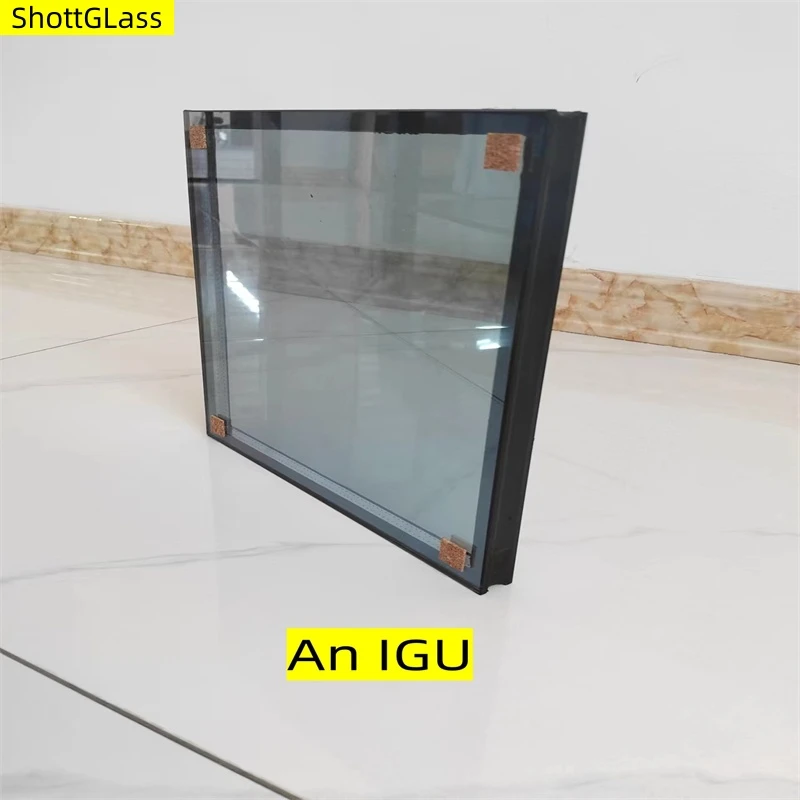Nov . 06, 2024 18:48 Back to list
Vibrant Tinted Glass Designs for Creative Art and Home Décor
The Allure of Coloured Patterned Glass A Blend of Functionality and Artistry
Coloured patterned glass is more than just a building material; it is an artistic expression that transcends mere functionality. For centuries, artisans and designers have utilized this unique medium to enhance both the aesthetics and ambiance of spaces, from grand cathedrals to intimate homes. This article explores the historical significance, craftsmanship, contemporary applications, and environmental considerations surrounding coloured patterned glass.
Historical Significance
The history of coloured patterned glass dates back to ancient civilizations. The Egyptians were among the first to create glass objects around 3000 BC, using colors derived from minerals. However, it was during the Roman Empire that the technique of producing glass panes began to flourish. The remarkable stained glass windows of Gothic cathedrals, such as Notre-Dame in Paris and Chartres Cathedral, showcased vibrant colours and intricate patterns, depicting biblical narratives and allowing light to dance within sacred spaces. These works not only served a decorative purpose but also educated the masses, conveying stories to an illiterate population.
Craftsmanship and Techniques
Creating coloured patterned glass is an intricate process that requires a unique combination of artistry and skill. The craftsmanship begins with the selection of raw materials, including silica sand, soda, and lime. To achieve varying hues, artisans introduce metal oxides; for instance, cobalt oxide yields a deep blue, while chromium oxide can create rich greens.
Traditional techniques such as glass blowing, molding, and fusing are often employed to shape the glass. Contemporary artisans also utilize innovative methods like sandblasting and acid etching to achieve intricate patterns and textures. The layering of different pieces of glass adds depth and complexity to the design, allowing for a play of light and shadow that enhances the visual experience.
Contemporary Applications
coloured patterned glass

Today, coloured patterned glass is widely used in both residential and commercial settings. Architects and designers are increasingly incorporating this element into their projects, taking advantage of its versatility. Privacy screens, room dividers, and windows adorned with patterned glass serve functional purposes while enhancing the aesthetic appeal of a space. Additionally, advancements in technology have led to the development of energy-efficient glass solutions that still retain the beauty of traditional coloured glass, allowing for natural light diffusion while reducing energy consumption.
In interior design, coloured patterned glass is commonly used in decorative elements such as tabletops, backsplashes, and light fixtures. The interplay between light and glass can transform the ambiance of a room, creating a warm and inviting atmosphere. Moreover, the growing trend of open-concept living spaces has fueled the demand for decorative glass partitions, which provide separation without sacrificing light and openness.
Environmental Considerations
As the glass industry evolves, so does the commitment to sustainability. Many manufacturers are adopting eco-friendly practices, including recycling glass and reducing energy usage in production. Coloured patterned glass can be crafted from recycled materials, significantly lowering its carbon footprint and promoting a circular economy.
Additionally, advances in coatings and treatments are improving the energy efficiency of patterned glass. These innovations not only retain the artistic integrity of the glass but also contribute to environmentally conscious building practices. By utilizing such materials, architects can create beautiful spaces that align with sustainable design principles.
Conclusion
Coloured patterned glass embodies a rich art form that marries functionality with exquisite design. Its historical significance reminds us of the beauty that can be created with skilled craftsmanship, while contemporary applications demonstrate its continuing relevance in modern architecture and interior design. As we move towards a more sustainable future, the glass industry is adapting to meet the demands of environmental responsibility without compromising on artistry. Whether illuminating grand cathedrals or enhancing the comfort of our homes, coloured patterned glass remains a testament to the enduring power of creativity and innovation in our built environment.
-
Safety and Style with Premium Laminated Glass Solutions
NewsJun.24,2025
-
Reinvents Security with Premium Wired Glass
NewsJun.24,2025
-
Premium Float Glass Line for Modern Architecture
NewsJun.24,2025
-
Low Emissivity Glass for Energy-Efficient Architecture
NewsJun.24,2025
-
High-Performance Insulated Glass Solutions for Modern Architecture
NewsJun.24,2025
-
Elevates Interior Style with Premium Silver Mirror
NewsJun.24,2025
Related PRODUCTS














